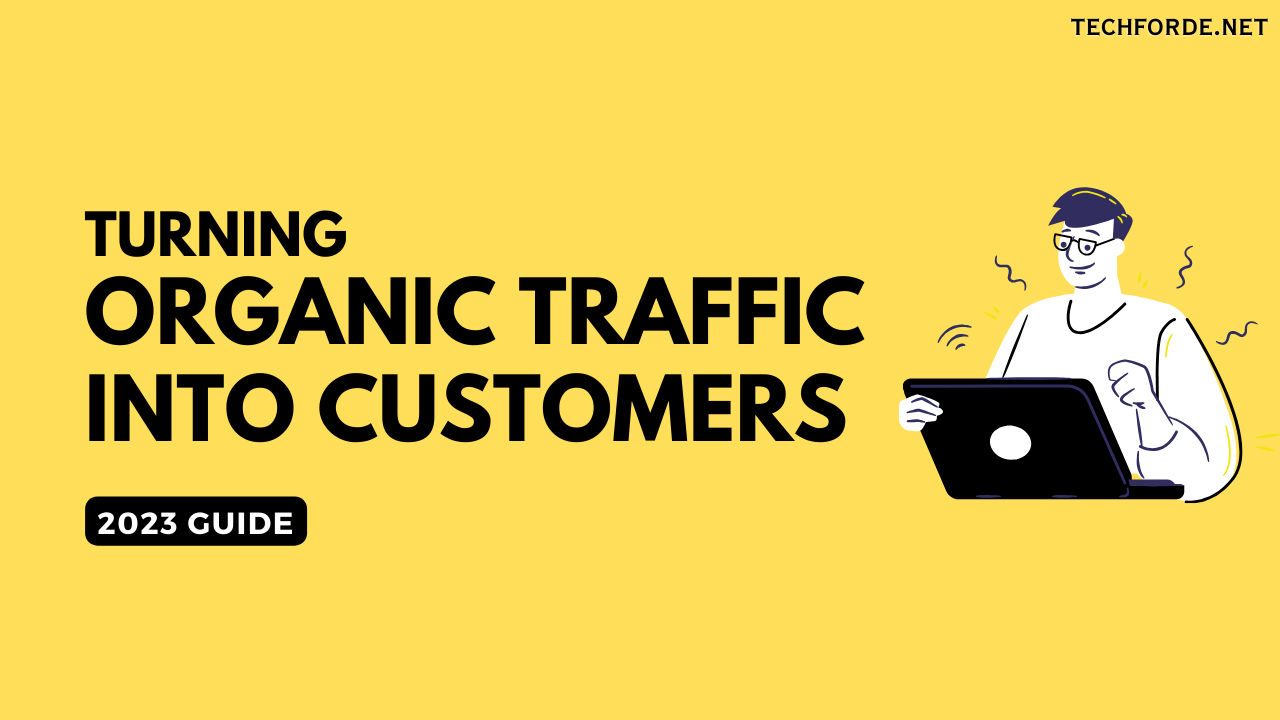
In today’s digital landscape, where the click of a mouse or the tap of a finger can bring potential customers to your virtual doorstep, the art of transforming those clicks into loyal clients is crucial thing to consider.In this comprehensive guide, we will embark on a journey through the strategies and tactics that can turn organic clicks into lasting customers.
Converting organic clicks requires blend of SEO, engaging content and user-focused experiences.
The process begins with the click—a single interaction that can lead to a profound relationship between a brand and its customers. Whether it’s a click on a search engine result, a social media post, an email link, or an enticing ad, each one represents a potential connection waiting to be nurtured.Here we are talking mainly about unlocking the power of organic clicks.
Mastering Keyword Research: Your Gateway to More Organic Clicks
Conduct keyword research pertaining to your subject. Concentrate on long-tail keywords with moderate search volume and competition. For example, “landing page conversion strategies,” “enhancing landing pages for lead generation,” or “proven landing page design tips.”
The Importance of Title Tags in On-Page SEO
Embed your main keyword into the title. In this instance, it could be something like “A Comprehensive Guide to Building High-Converting Landing Pages.” Title tags are among the most critical elements of on-page SEO, playing a pivotal role in how search engines understand the content of a web page and how users decide whether to click on a search result. I
Keyword Placement in Header Tags
Use header tags (H1, H2, H3, etc.) to organize your content. Add your target keywords naturally within subheadings when suitable.These tags are used to create hierarchical headings and subheadings on a web page, providing a clear and organized structure for both users and search engines.
Creating User-Friendly Content: The Key to Engagement and Retention
In this digital era, where lot of information is available and attention spans are limited, the art of creating user-friendly content will help you to stand out. It’s about delivering it in a way that engages and informs your audience not just about conveying information.
Strategic Keyword Positioning: Maximizing SEO Impact
Keyword positioning is a fundamental element of effective SEO, the crucial part of visibility, relevance, and success. The strategic placement of keywords plays crucial role in user’s journey, and the positioning of keywords within subheadings and content can significantly impact how both users and search engines interpret your content.
Internal and External References
These links offer a roadmap for both users and bots, ensuring that your most valuable pages receive the attention they deserve.When authoritative websites link to your content, it not only provides a valuable endorsement but also boosts your search engine rankings.
Mastering Meta Descriptions: Elevate Your Click-Through Rates
Compose an enticing meta description that incorporates your targeted keyword. It should summarize the content of the blog post and motivate users to click.Meta descriptions isn’t just about stuffing keywords; it’s about providing value, sparking curiosity, and enticing users to take action.
Image Optimization:
If you use images, optimize their alt text and file names with appropriate keywords. Ensure that images are compressed to enable quicker page loading. E.g. Alt text= “organic clicks”.
Mobile-Friendliness:
Guarantee that both your blog post and landing page designs are user-friendly on mobile devices. Google places an emphasis on mobile-responsive content in search results.You can perform mobile friendly testing to look out and sort out the issues.
Optimizing Page Speed, Enhancing UX and Maximizing Social Sharing:
- Page Loading Speed:
Optimize your landing page for swift loading times. Utilize tools such as Google PageSpeed Insights to pinpoint and rectify speed-related concerns.
- User Experience (UX):
Design your landing page and blog post with the user’s experience in mind. An easy-to-navigate layout and readable content are imperative.
- Social Sharing:
Incorporate buttons for social sharing to inspire readers to distribute your content. Social signals can indirectly affect SEO.
Schema Markup: Enhancing Your Website’s Visibility and Rich Snippets
Contemplate incorporating schema markup to provide search engines with structured data about your content. This can enhance the appearance of your search results.
Performance Monitoring: Analysis of Organic Clicks
Routinely assess the performance of your blog post using tools like Google Analytics. Modify your content and SEO approach based on the collected data.Like PPC, we have to analyze data and perform necessity changes.
Turning Organic Clicks into Customers: A Strategic Approach
By adhering to these SEO best practices, you can optimize your blog post concerning the creation of high-converting landing pages, boosting its visibility in search engine results and attracting more organic traffic to your website.As we close this chapter on transforming organic clicks into customers, remember that the process is not static. It adapts to evolving trends, technologies, and consumer behaviours. Therefore, the commitment to learning, experimentation, and improvement must persist.
In the digital age, where choices are abundant and competition is fierce, businesses that master the art of turning clicks into customers will thrive. It’s a journey that requires dedication, creativity, and a genuine desire to serve your audience’s needs.
